“Between stimulus and response there is a space. In that space is our power to choose our response. In our response lies our growth and our freedom.”
~Viktor Frankl
In order to understand employee engagement, you must first understand what undermines it.
Control Tactics
One of the most difficult things I find in my work is helping people realize the costs of using centuries-old control tactics in an effort to bring about responsible, engaged behavior. By control tactics, I mean domination (“Do it or else.”), incentives and rewards (“Jump through this hoop for your prize.”), judging – both favorable or unfavorable (“I’m so disappointed in you.” or “I’m so proud of you.”) or pampering and spoiling (“If you don’t like it or it feels too hard, I’ll just do it for you or try to motivate you with more benefits.”). The use of control tactics is rampant and has been internalized in so many people for so long, most are not aware they are doing it or experiencing negative effects from it. Here’s elements of the control dynamic and price:
1. People interpret they have no choice and that their personal power is small. This begins in childhood as children are over-powered by adults in homes, schools, churches and neighborhoods. The belief many conclude is that they have no choice and must bow to some mythical or real authority figure. This is a harmful idea. When people believe their power is small and impotent and even dangerous, they will automatically make choices from resentful compliance or by rebelling and resisting as a weak sister of authentic power. This is hard to overcome when being powerful has often been misjudged and resulted in punishment and subjugation.
2. People lose touch with their inner compass, voice and wisdom. I see this play out first with teenagers who express rebellion likely in reaction to years of resentfully complying. They then go on to play out a refined version of rebellion and resentful compliance as they enter the workforce. This is demonstrated in the high levels of disengaged behavior (C- effort; mediocrity) and actively disengaged behavior (sabotage, gross under-performance, negative behavior). To be personally powerful and responsible, they must go inside and ask, “What am I feeling? What do I want?” and consider all consequences before making decisions. Because this has not been encouraged for years, they often report this feels alien, overwhelming and something they fear will be dangerous because often it was in their primary relationship and they fear it now in all relationships. And it still is. Many leaders say they want strong, proactive engaged employees but often make it difficult for them to be so. Failure to listen and be led by one’s inner compass and wisdom causes deep confusion, unhappiness and stress.
The Crucial Element for Employee Engagement: Personal Responsibility
It is only when I get leaders to dismantle the use of control tactics and commit to adopt conditions and conversations that help people re-engage with personal power and autonomy within a responsibility-based context, that employee engagement emerges. They can do this with confidence when they understand a few key guidelines for doing so:
• Committing to celebrate personal power in people through recognition and appreciation of unique worth.
• Creating psychological safety by equipping people to replace harmful behaviors with encouraging ones.
• Supporting all in focusing power in service to group and individual purposes and values that benefit everyone.
• Cultivating intrinsic motivation in people rather than relying on extrinsic motivation inherent in control tactics.
• Promoting social interest; the awareness of the effects one’s power can have on others and how to guide this.
• Encouraging more from people, including their ideas, contributions, values and distinctive talents.
• Giving everyone opportunities to both lead and follow, with generous support for self and one another.
• Monthly mentoring to transfer responsibility to people for owning their tasks; the management of relationships, productivity, engagement and a plan for progress, so they have the adequate support they’ve rarely been given.
Hopefully, by now you realize that the crucial element for employee engagement is first a changed mind about people. All control tactics reflect a lack of faith in people. Responsibility-based functioning holds that people are and want to be great. When you build upon this idea, you will see extraordinary outcomes you never dreamed possible. You need a system to make this shift. I have one. It has been proven. I’m here to help.
This article is published in St. Louis Small Business Monthly in the column The Extraordinary Workplace, March 2020.




